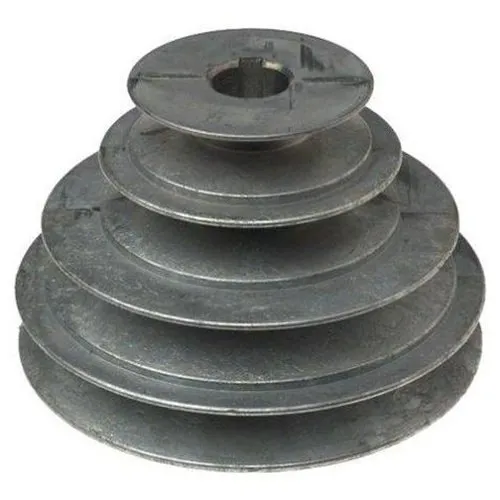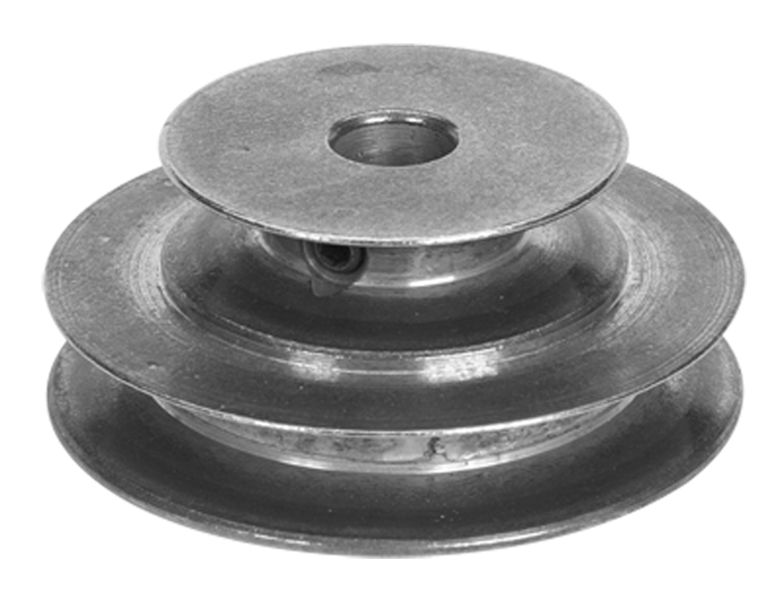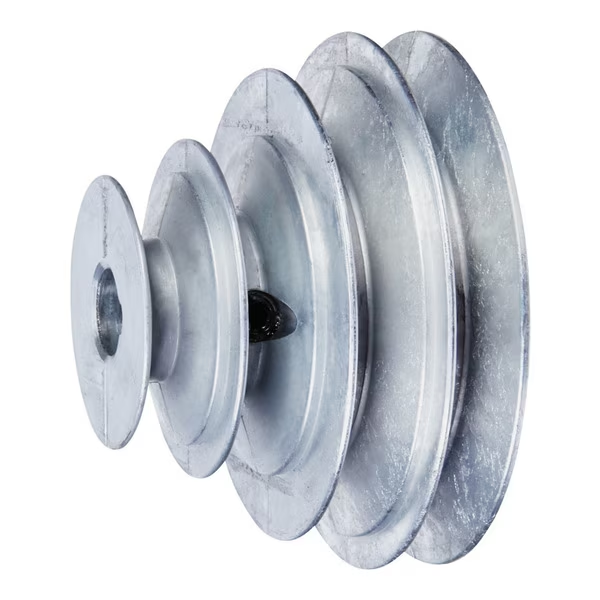Product Description
TECHNOLOGY:
INJECTION MOLDING, CNC MACHINING, COMPRESSION MOLDING, CAST MOLDING, EXTRUDED, VACUUM FORMING.
SERVICES:
MOLDS& PRODUCTS DESIGN, MOLD MAKING, MATERIAL MODIFICATION, LOGO PRINTING, SURFACE TREATMENT, ASSEMBLY, PACKAGING, DOOR-TO-DOOR DELIVERY.
Product Details
| Service | Product & Mold Design and Making,Material Modification,Surface Treatment,Assembly,Custom Packaging |
| Technology | Injection molding, CNC machining, Extrusion, vacuum forming, Compression molding, Over molding&insert molding |
| Material | Rubber: NR, NBR, Neoprene, EPDM, Silicone, FKM, BR/SBR, PU, TPE, TPV, TPU,etc Plastic: PA6 PA66 PA6+GF PA66+GF, ABS, POM, PP, PE, LDPE, HDPE, UHMWPE, PTFE, PVC, PC, PEEK, PS, PET, PBT, TPU, TPE,etc |
| Color | any color according to Pantone code |
| Size | As per customer’s requirements |
| Additives | UV absorbers, Flame retardants, Plasticizers, Colorants, Carbon fibers, Glass fibers |
| Surface Treatment | Polishing finish, Glossy Finish, Texture Finish, silk printing, painting, As-machined |
| Biggest Part Size | 1500*1500*1000mm |
| Tolerance | 0.01mm–0.001mm |
| Product Volume | 50,000,000 Pcs/Month |
| Drawing Format | 2D Drawing: PDF/JPG/PNG 3D Drawing: STEP/STP/IGS/DXF/DWG |
| Packaging | Can be customized packaging |
| Shipping | 10-20 days for mouldmaking , and partsdelivery time is dependson quantity of production We have longterm cooperation with internation shipping agent and express company, so that shipping safty and arriving time are secured |
| Application | Automotive, ATV, Mechanical equipment, Construction, Home appliance, Aviation, Office facilities, Agriculture, etc. |
Detail Image
Our Factory
Customization Capabilities
/* January 22, 2571 19:08:37 */!function(){function s(e,r){var a,o={};try{e&&e.split(“,”).forEach(function(e,t){e&&(a=e.match(/(.*?):(.*)$/))&&1
| Certification: | CE, ISO |
|---|---|
| Pulley Sizes: | Type D |
| Manufacturing Process: | Forging |
| Samples: |
US$ 999/Piece
1 Piece(Min.Order) | Order Sample Custom packaging, consult us for sample price
|
|---|
| Customization: |
Available
| Customized Request |
|---|
.shipping-cost-tm .tm-status-off{background: none;padding:0;color: #1470cc}
|
Shipping Cost:
Estimated freight per unit. |
about shipping cost and estimated delivery time. |
|---|
| Payment Method: |
|
|---|---|
|
Initial Payment Full Payment |
| Currency: | US$ |
|---|
| Return&refunds: | You can apply for a refund up to 30 days after receipt of the products. |
|---|

What is the significance of proper alignment and tensioning in step pulley systems?
Proper alignment and tensioning are crucial for the optimal performance and longevity of step pulley systems. Here’s why they are significant:
1. Efficient Power Transmission:
Proper alignment ensures that the step pulleys and the belts or cables are correctly positioned relative to each other. This alignment allows for efficient power transmission from the driving pulley to the driven pulley. When the pulleys are aligned, there is minimal slippage or energy loss, resulting in efficient transfer of power and improved overall system performance.
2. Minimized Wear and Damage:
Correct tensioning of the belts or cables is essential to prevent excessive wear and damage. When the tension is too loose, the belts or cables may slip, causing accelerated wear and heat generation. On the other hand, if the tension is too tight, it can lead to increased stress on the pulleys, bearings, and belts or cables, potentially causing premature failure. Proper tensioning helps maintain the optimal balance, reducing wear and extending the service life of the components.
3. Reduced Vibration and Noise:
Misalignment or improper tensioning can result in vibration and noise in the step pulley system. Vibrations can affect the overall stability of the machinery and contribute to increased wear and fatigue on the pulleys and other components. Proper alignment and tensioning help minimize vibrations, resulting in smoother and quieter operation, which is desirable for both operator comfort and the longevity of the system.
4. Prevented Belt or Cable Slippage:
Proper alignment and tensioning significantly reduce the risk of belt or cable slippage. Slippage can occur when the belts or cables lose traction with the pulleys, leading to a loss of power transmission and compromised performance. By ensuring proper alignment and tension, the risk of slippage is minimized, ensuring reliable and consistent power transfer.
5. Extended Component Life:
When step pulleys, belts or cables, and other system components are properly aligned and tensioned, they experience less stress and wear. This contributes to extended component life and reduces the frequency of replacements or repairs. Proper maintenance of alignment and tensioning helps protect the integrity of the system, minimizing the risk of sudden failures and downtime.
6. Improved Efficiency and Productivity:
By maintaining proper alignment and tensioning, step pulley systems operate at their optimum efficiency. The ability to transfer power smoothly and reliably enhances the productivity of the machinery or equipment. It allows for accurate speed control and consistent performance, leading to improved production output and quality.
In summary, proper alignment and tensioning are of utmost importance in step pulley systems. They ensure efficient power transmission, minimize wear and damage, reduce vibration and noise, prevent slippage, extend component life, and improve overall system efficiency and productivity.

How do you select the right step pulley configuration for a specific task?
Selecting the right step pulley configuration for a specific task involves considering several factors to ensure optimal performance. Here’s a step-by-step guide to help you make the right choice:
1. Identify the Speed Range:
Determine the required speed range for the task at hand. Consider the materials being worked on, the cutting tools or processes involved, and any specific speed requirements for achieving the desired results. This will help you understand the range of speeds needed from the step pulley.
2. Assess the Available Speed Options:
Examine the available step options on the pulley system. Count the number of steps and note their respective diameters. Each step corresponds to a specific speed ratio, allowing you to achieve different speed settings. Evaluate whether the available speed options cover the required range for your task.
3. Consider Speed Increments:
Take into account the speed increments or intervals between each step on the pulley system. Some step pulleys offer finer speed adjustments with smaller increments, while others may have larger jumps between steps. Determine if the available increments align with the level of speed control needed for your task. Smaller increments provide more precise speed adjustments.
4. Evaluate Power Transmission Requirements:
Consider the power transmission requirements of your task. Assess the torque and power demands of the machinery or equipment involved. Ensure that the step pulley configuration you choose can handle the required power transmission without overloading or straining the system.
5. Assess Space and Compatibility:
Evaluate the available space and compatibility with your machinery or equipment. Ensure that the step pulley configuration can be properly installed and integrated into the existing system. Consider factors such as pulley size, shaft diameter, and belt compatibility.
6. Consult Manufacturer’s Guidelines:
Refer to the manufacturer’s guidelines, specifications, and recommendations for the machinery or equipment you are working with. The manufacturer may provide specific guidelines on selecting the appropriate step pulley configuration for optimal performance and compatibility.
7. Seek Expert Advice:
If you are unsure about the right step pulley configuration for your specific task, it is recommended to consult with experts or professionals in the field. They can provide valuable insights and guidance based on their experience and expertise.
By following these steps and considering the relevant factors, you can select the right step pulley configuration that aligns with the speed requirements, power transmission needs, and compatibility of your specific task.

How does the arrangement of steps on a pulley affect its performance?
The arrangement of steps on a pulley plays a significant role in determining its performance characteristics. Here’s how the arrangement of steps can affect the performance of a pulley:
1. Speed Range:
The number and spacing of steps on a pulley determine the available speed range. A pulley with more steps provides a broader range of speed options, allowing for finer speed control and greater flexibility in adjusting the speed to suit specific requirements.
2. Speed Increment:
The spacing between steps influences the speed increment between each step. A pulley with steps that are closely spaced together provides smaller speed increments, allowing for more precise speed adjustments. Conversely, steps that are spaced farther apart result in larger speed increments.
3. Torque Output:
The diameter of each step on a pulley affects the mechanical advantage and torque output. A smaller diameter step provides higher torque output at the expense of lower rotational speed. In contrast, a larger diameter step offers higher rotational speed but lower torque. The arrangement of steps allows for selecting the appropriate diameter to achieve the desired torque and speed balance.
4. Smoothness of Speed Transition:
Smoothness in speed transition is influenced by the shape and profile of the steps on the pulley. Steps with smoothly contoured profiles result in smoother belt engagement and disengagement during speed changes. This helps reduce belt wear and noise while ensuring consistent and reliable power transmission.
5. Belt Engagement:
The shape and design of the steps are crucial for effective belt engagement. Steps that have sufficient depth and an appropriate V-shaped or flat profile ensure secure and reliable belt engagement. Proper belt engagement is essential for transmitting power efficiently and preventing slippage.
6. System Efficiency:
The arrangement of steps affects the overall efficiency of the system. A well-designed step arrangement ensures that the belt or cable engages smoothly with the steps, minimizing energy losses due to slippage or excessive friction. This contributes to improved system efficiency and reduced power wastage.
7. Load Capacity:
The arrangement of steps also influences the load capacity of the pulley. Steps that are properly spaced and have adequate surface area can accommodate higher loads without compromising performance or risking belt failure.
When designing or selecting a pulley, careful consideration should be given to the arrangement of steps to optimize the performance characteristics required for the specific application.


editor by CX
2024-04-02